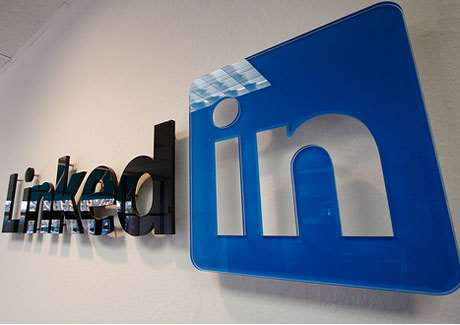Microsoft will buy LinkedIn for US$26.2 billion ($35 billion) in cash in a deal the business networking site’s co-founder Reid Hoffman described as a “re-founding moment” for the company.
The massive acquisition, which is expected to close this calendar year, will see Jeff Weiner remain as LinkedIn CEO but report to Microsoft CEO Satya Nadella.
Both companies expect to grow LinkedIn in part by tying it closely to the Office 365 productivity suite and Dynamics CRM/ERP suite.
“Think about it: How people find jobs, build skills, sell, market and get work done and ultimately find success requires a connected professional world,” Nadella said in a letter to Microsoft employees.
“It requires a vibrant network that brings together a professional’s information in LinkedIn’s public network with the information in Office 365 and Dynamics.
“This combination will make it possible for new experiences such as a LinkedIn newsfeed that serves up articles based on the project you are working on and Office suggesting an expert to connect with via LinkedIn to help with a task you’re trying to complete.
“As these experiences get more intelligent and delightful, the LinkedIn and Office 365 engagement will grow. And in turn, new opportunities will be created for monetisation through individual and organisation subscriptions and targeted advertising."
LinkedIn will retain some autonomy in deciding what it does and does not integrate with in the Microsoft stack. LinkedIn will also keep its existing brand.
However, there is an expectation the teams will come together and produce some mutually-beneficial integrations.
"This deal is the next step forward for Office 365 and Dynamics as they connect to the world’s largest and most valuable professional network," Nadella said.
"In essence, we can reinvent ways to make professionals more productive while at the same time reinventing selling, marketing and talent management business processes.
"I can’t wait to see what our teams dream up when we can begin working together once the deal closes."
LinkedIn CEO Jeff Weiner used his own platform to reveal some areas of early discussion.
One idea on the table is to give "sponsored content customers [of LinkedIn] the ability to reach Microsoft users anywhere across the Microsoft ecosystem, unlocking significant untapped inventory."
Another idea is to "redefine social selling through the combination of LinkedIn's Sales Navigator and Microsoft's Dynamics" products.
Warwick Business School Professor of Practice in the Information Systems & Management Group, Mark Skilton, saw sense in the acquisition.
“It makes sense in respect of Microsoft’s link with enterprise in its cloud platform and portfolio of enterprise business services, it will help Microsoft build out its enterprise services capabilities,” he said.
He also saw the tie-up with Microsoft as a way to boost LinkedIn’s fortunes in the enterprise market.
"LinkedIn has grown a user base of 106 million active users, but compared to 310 million active Twitter users and the mighty 1.65 billion Facebook monthly users, LinkedIn has never managed to grow its commercial services in what could have been a strong enterprise market,” Skilton said.
"LinkedIn makes two thirds of its income from talent solutions in recruiting and job market services that define it and the remainder in selling marketing solutions and premium subscriptions.
“It has remained the website to go to for professional networking."









